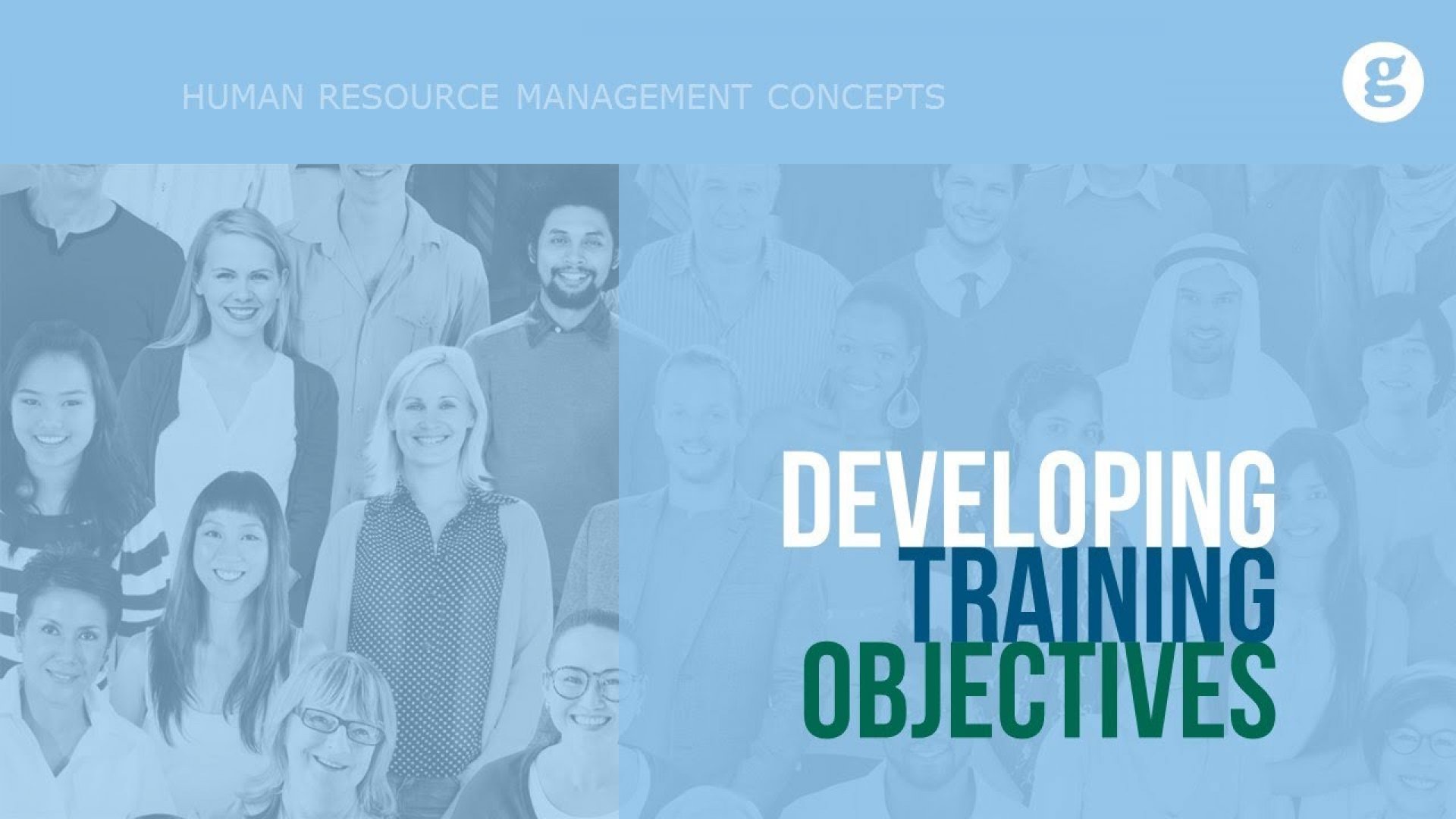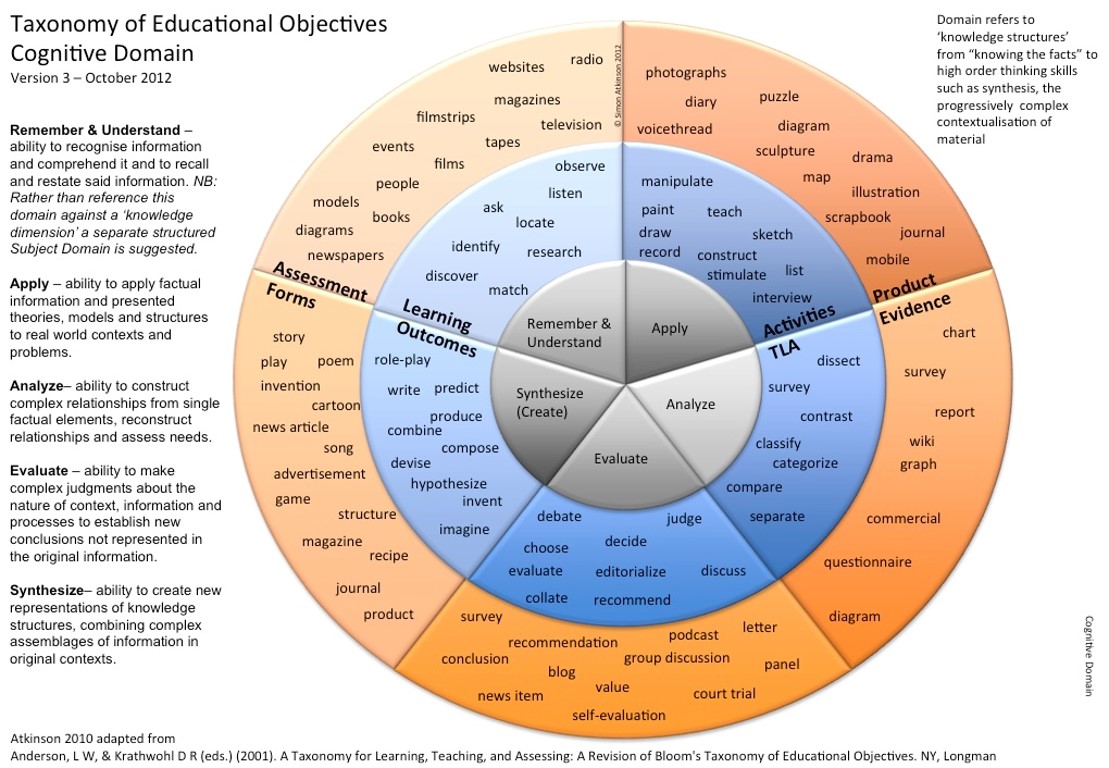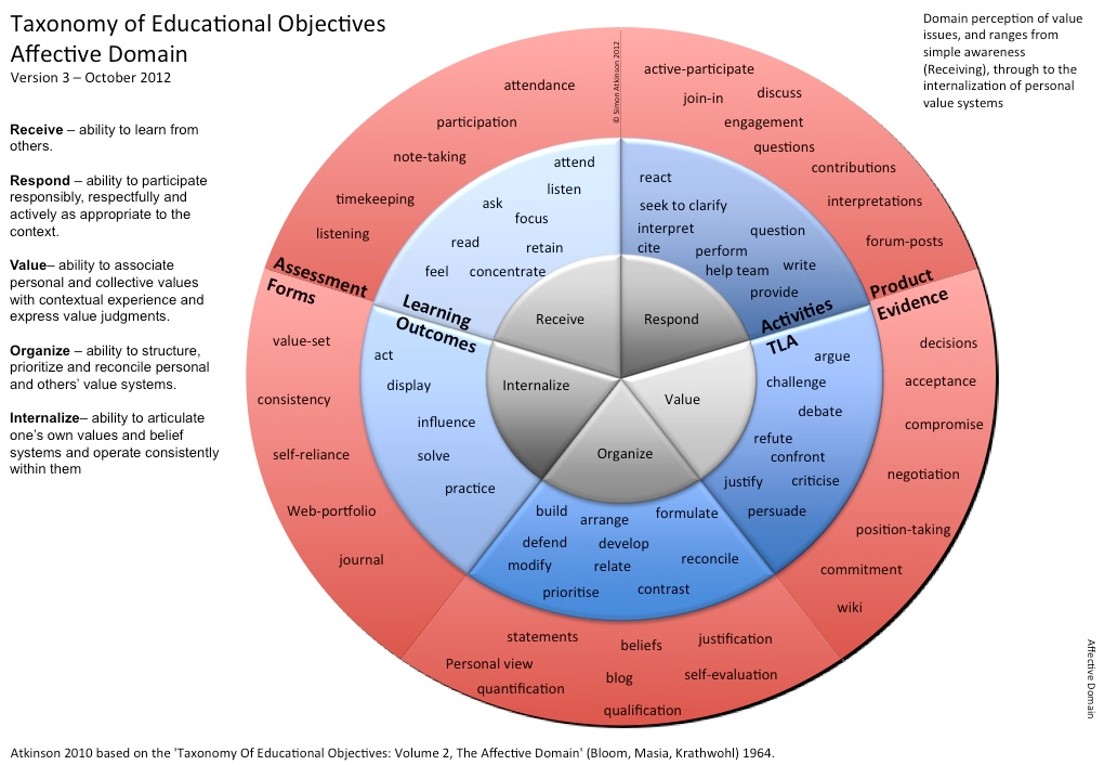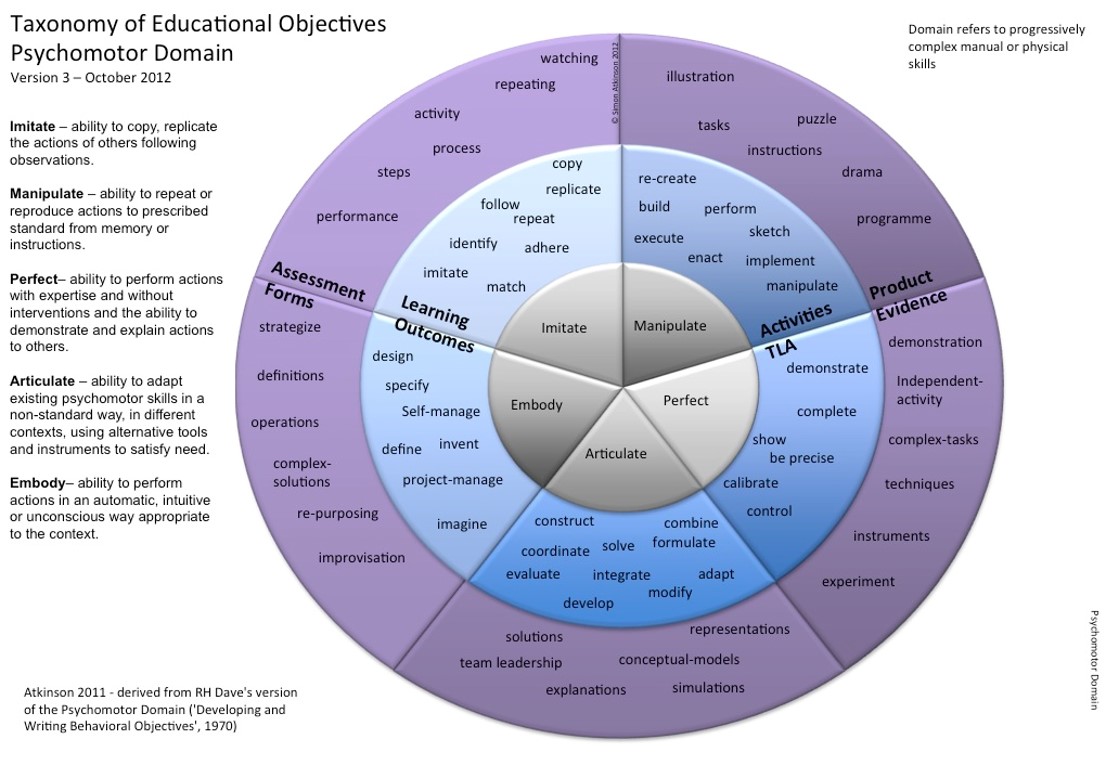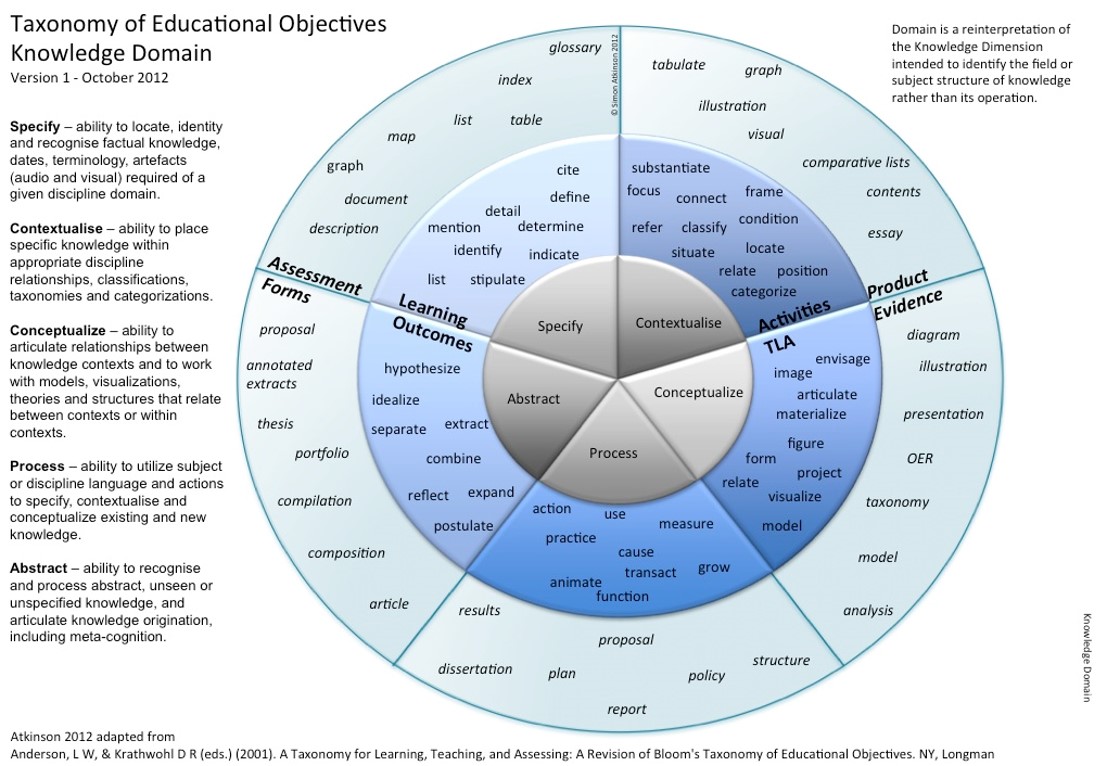Design
Design
Learning objectives
- What for?
- Competencies: knowledge, skills and attitudes
- Writing the learning objectives
- Tools/ Revised Bloom’s taxonomy
- Tools/ The SMART Model
What for?
“If one does not know to which port one is sailing, no wind is favorable.” Seneca
When we design a learning activity we must start from the end: what is our final goal?
Our learning goal is what we want to accomplish overall. For instance, “have more efficient HR management”. The learning goal is our vision, our final destination.
To be able to reach our goal, we need to translate it into specific learning objectives, in steps we need to take and competencies we need to develop.
To have more efficient HR management, what competencies need to be learned? What should HR managers know and be able to do? Those will be our learning objectives.
Why are learning objectives important? Because they define how we go from where we stand to our destination. They are our compass in moving from the competency gaps we have identified to successful capacity development. They guide our choices, our selection of content, and our methods and assessment tools. Well-structured learning objectives ensure:
- tailored and relevant content is presented during the learning activity;
- tailored and efficient methods are used to support learners in developing their competencies;
- effective tools of assessment and indicators are in place;
- learners have a clear idea of the purpose of the learning activity and can self-direct their efforts.
Learning objectives are concise and specific statements describing what our trainees will know and be able to do—measurable knowledge and observable behaviors—when they complete the learning activity.
The objectives should be shared with learners (remember, adult learners like to know WHAT they are learning and WHY they are learning it). It also crucial to clearly relate objectives to the bigger picture: how is the lesson relevant in the learners’ daily lives? Do not simple share the learning objectives on a slide with the trainees, do take the time to explaine the objectives and put them in context.
Tips:
- Refer to the learning needs assessment to identify the key competencies that need to be learned through the activity.
- Answer the questions, "What do you want to have happen?” and “What is expected to change as a result of this learning activity?
- Focus on the results of the learning experiences not on what the participants will do during the activity. Explicitly state what the participant will be able to do as a result of instruction.
- Ask yourself what you participants will learn and what they will be able to do after the training.
- Consider how you will evaluate whether the learning objective was met.
- If your objective is that the participants will be able to apply the new knowledge in their context, you need to plan follow-up activities (coaching, peer support, etc.) after the face-to-face event to facilitate and evaluate this application.
Competencies: Knowledge, Skills and Attitudes
Reference
The Competency Framework - A guide for IAEA managers and staff International Atomic Energy Agency https://www.iaea.org/sites/default/files/18/03/competency-framework.pdf
Today, organizations have their own competency frameworks stating the competencies they expect their staff to possess or develop. In learning and capacity development, we must understand and plan our learning goals in terms of competencies that the learners will acquire.
A competency is commonly described as a combination of skills, knowledge and attitudes that enable an individual to perform a task or an activity successfully within a given context.
Competencies are observable behaviors that can be measured and evaluated, and thus are fundamental in job recruiting, retaining and developing staff.
When you prepare a learning activity, ensure all three competency dimensions are touched upon and developed as a whole. We often perceive knowledge as the only element of learning. Such a narrow approach drastically reduces the impact of the learning activity and the possibility for learners to transfer the learning into their daily and professional life.
Why is it important to keep these three dimensions of competency in mind? When you provide leadership training, you cannot only teach the trainees the definition of leadership (knowledge). It is important for you to provide opportunities for them to practice and apply leadership skills through, for example, a simulation. This is because a frontal presentation does not suffice. We need learners to reflect upon the attitudes and values at the core of leadership, maybe doing so transversally, touching upon them in facilitated discussions. Knowledge, skills and attitudes may be developed through different activities and methods, though all three are crucial and complementary in a training.
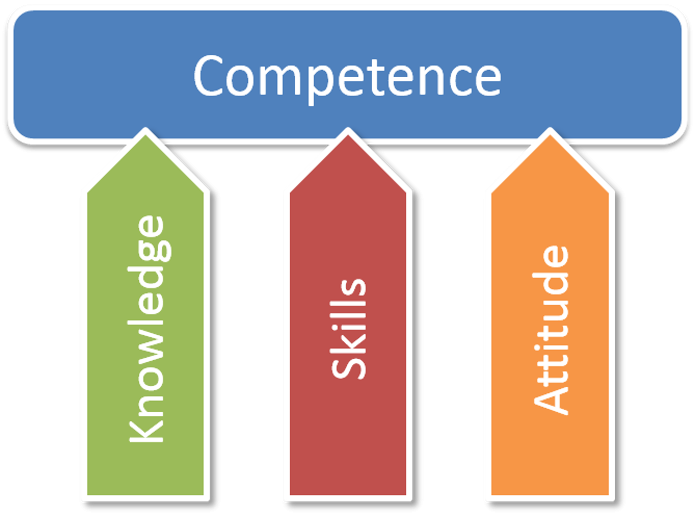
Knowledge is what we know, such as facts, theories and concepts. We can consciously access our knowledge and explain it to others.
E.g. Definition of leadership and its main elements compared to management.
Skills represent the know-how, the things we are able to do, such as communicating clearly to others. Generally, when performing a skill, we involve knowledge we possess. Skills are something we apply and which we do not consciously access. We simply do it. Nevertheless, when explaining a skill to others we may use the knowledge we possess regarding that skill to teach it to somebody else.
E.g. Ability to motivate a group of people to act together to achieve a specific goal.
Attitudes are what you tend to do, your values in action. The fact that we may possess knowledge and that we are able to do something with it, does not necessarily translate into us doing it. For example, a person may possess the knowledge and skills to distinguish and avoid corruption, but may not have the attitude to do so, choosing personal convenience instead.
E.g. Gratitude—to acknowledge the work of others and to create trust-based relationships.
Writing the learning objectives
How do write your learning objective? There are two fundamental tools we use:
- The revised Bloom’s taxonomy
- The S.M.A.R.T. Model
The Bloom’s taxonomy will help you identify what kind of level of learning you aim to have your learners acquire. It also helps you use the correct action verbs to define it in the learning objectives—it is one thing is to be able to describe a procedure to handle employee grievances, it is another thing entirely to be able to assess if a grievance was or was not effectively handled.
The S.M.A.R.T. model will ensure your learning objectives are well-formulated, giving a clear sense of direction to your learning activity.
Once you familiarize yourself with these two tools, we’ll get down to the business of writing your learning objectives:
- Identify what you want trainees to learn.
- Example: negotiation skills
- Identify the level of knowledge you aim to achieve—using the revised Bloom’s Taxonomy—and select a verb to describe the selected level of learning.
- Example—Understand Level: to describe three negotiation strategies.
- Example—Apply Level: to apply and adapt negotiation strategies in a professional environment.
- Example—Create Level: to develop a set of guidelines for negotiation in the Human Resources field.
- Balance your learning objectives. Make sure they cover all the different levels of learning you want to address and that do not all belong to the Understanding/Knowing section.
- Make sure your objectives are SMART (S – Specific M – Measurable A – Achievable R- Relevant T – Timely)
- Start each objective with: “by the end of this activity, participants will be able to…”
- Remember to state the objective for the participant’s learning, not in regard to what will happen in the activity
- E.g. By the end of this activity, participants will be able to apply and adapt three negotiation strategies when handling employees’ grievances.
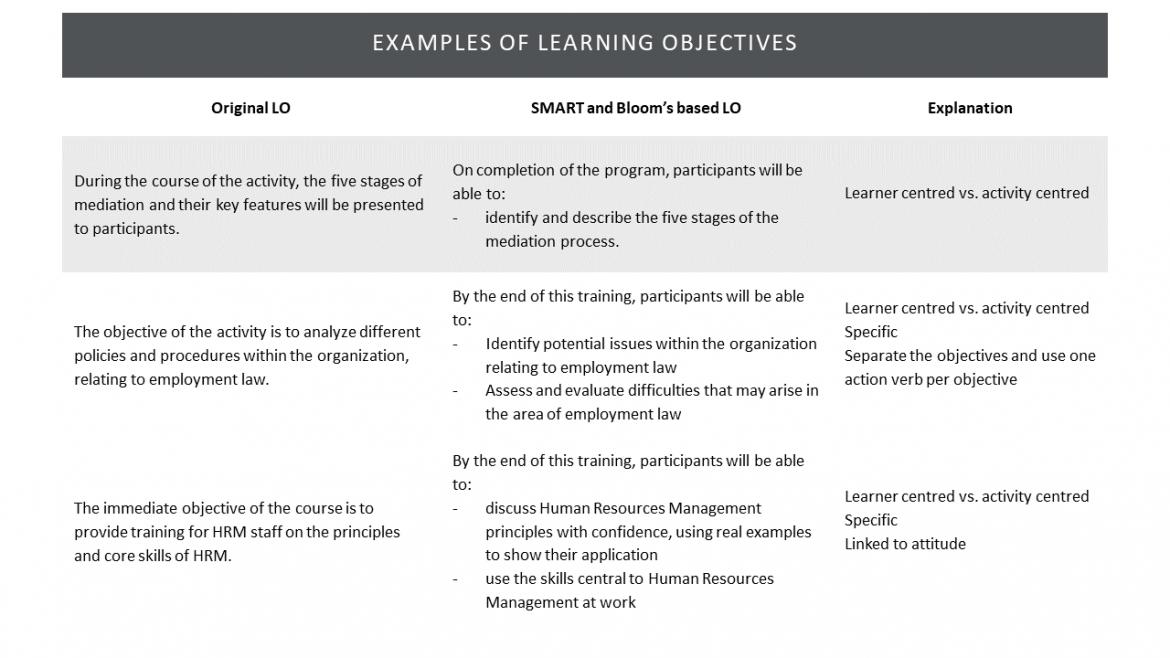
Food for thought!
- How are the learning objectives designed and formulated in your learning offers?
- Are they written using the action verbs of Bloom’s taxonomy?
- Can your learning objectives be improved? If yes, how?
Tools: The revised Bloom’s taxonomy
The revised Bloom’s Taxonomy by Anderson and Krathwohl is a useful tool to understand and consider different levels of thinking when designing educational activities and writing learning objectives. It helps us identify the right objectives depending on the learning needs and learning goals, and to derive the proper assignments and instruction in each stage of the process.
The three domains of learning: cognitive, affective, and psychomotor
The taxonomy is divided into three distinct domains of learning: cognitive, affective, and psychomotor. We were introduced to these three areas in the previous section about competencies: Knowledge (cognitive), Skills (psychomotor), and Attitudes (affective).
Let’s focus for now on the cognitive domain. The taxonomy is a hierarchical model that categorizes cognition according to six levels of complexity. Each stage lies on a continuum: when learning we build our way up from the base level of the pyramid to the top by gaining a deeper knowledge of the subject and developing different skills. We need to master a level before moving to the next one.
The six levels are:
- remembering
- understanding
- applying
- analyzing
- evaluating
- creating
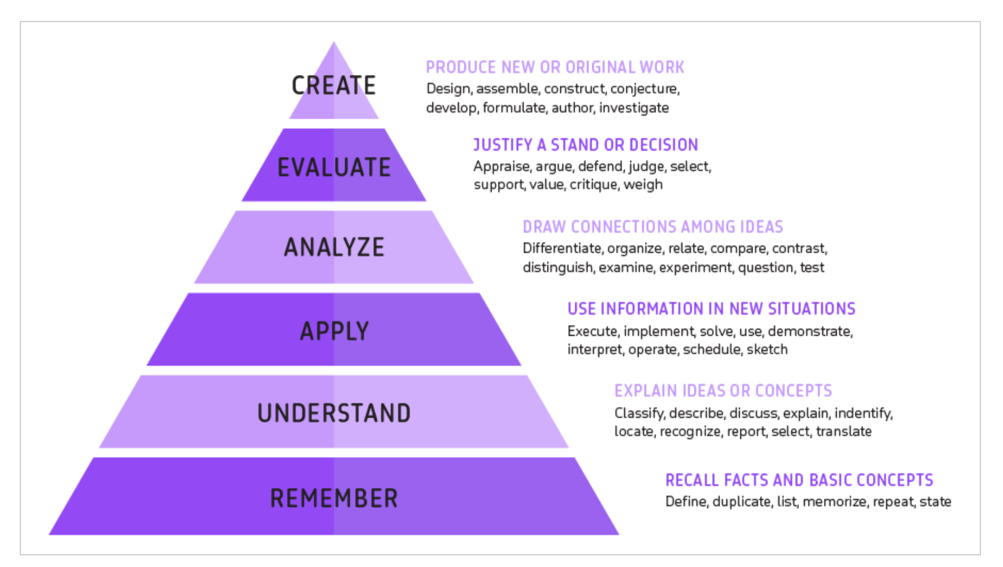
The six levels are critical when writing learning objectives. The questions they pose are:
- What level of cognition on a specific subject do our learners already control?
- What level of cognition do we expect learners to master by the end of the learning activity?
- What are the appropriate verbs at each level to point out and describe such outcomes?
The taxonomy offers us a framework to create structured and achievable learning objectives and by so doing, it informs our decision on how to meet them.
Let’s have a look at the six levels of cognition and the action verbs connected to each:
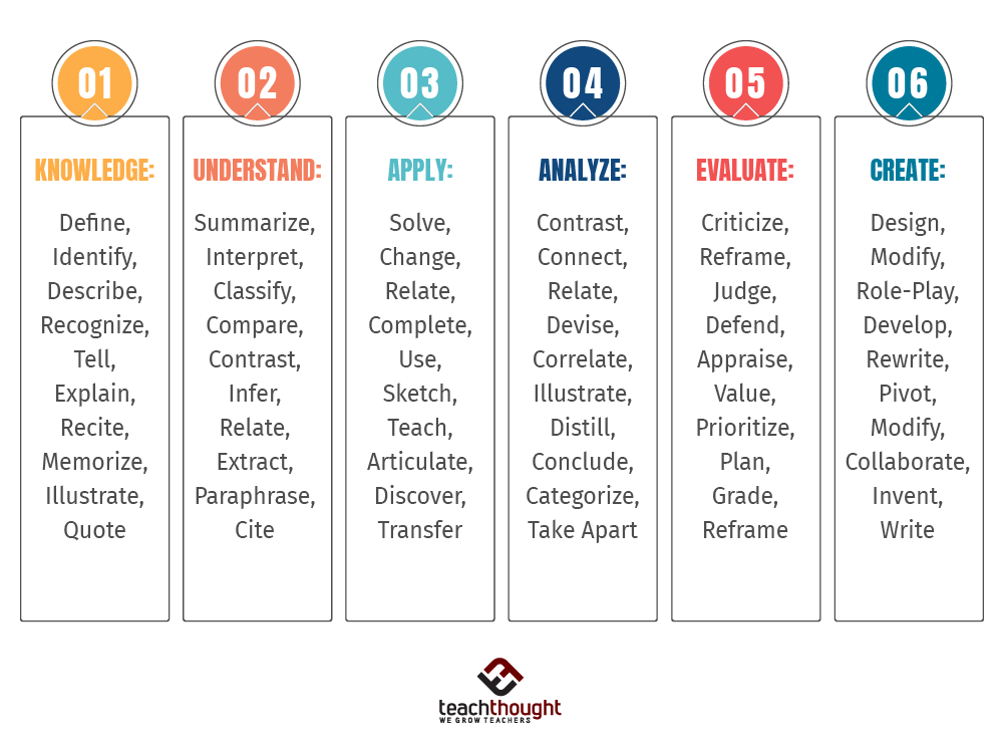
In this stage, the learners can describe and recall information that has been memorized. This is a basic stepping stone, quoting information from memory based on previous lectures and reading material, and it is an important foundation for further learning.
Appropriate verbs for this level include: cite, define, describe, identify, label, list, match, name, outline, quote, recall, report, reproduce, retrieve, show, and state.
Learner’s ability to use the known information to construct meaning.
The mental processes such as interpreting, classifying, summarizing, comparing, and explaining belong here. In this phase, the learners are actively engaged in creating their own understanding and comprehension of a given concept and are able to explain it to others.
Appropriate verbs for this level include: abstract, associate, categorize, clarify, compare, conclude, contrast, defend, differentiate, discuss, distinguish, explain, generalize, give examples of, illustrate, interpret, paraphrase, rephrase, and represent.
Learner’s ability to use information in a new context outside the learning environment without the support of the instructor.
In this stage, learners are able to carry out tasks that require them to use the acquired knowledge. They can apply and relate the known to new situations, translating the know-how to new contexts.
Appropriate verbs for this level include: apply, calculate, carry out, classify, complete, demonstrate, dramatize, employ, execute, experiment, teach, illustrate, implement, manipulate, modify, operate, predict, solve, transfer, translate, and use.
Here learners create connections between ideas, use critical thinking to identify and infer the essential elements of the information, appreciating correlations and variations. They manipulate concepts, recognize their elements, their relation to each other and to the overall structure.
Appropriate verbs for this level include: analyze, arrange, classify, compare, connect, contrast, deconstruct, detect, diagram, discriminate, distinguish, integrate, inventory, order, organize, relate, separate, and structure.
In this phase, learners can rely upon what they have learned, applied, and analyzed to make an assessment. They can make an educated judgment on the value of the information, distinguishing between facts and opinions or implications. They are able to predict possible consequences and make suggestions.
Appropriate verbs for this level include: appraise, argue, assess, contrast, convince, criticize, determine, discriminate, evaluate, grade, judge, justify, measure, rank, rate, recommend, review, score, standardize, test, and validate.
On the last level of the taxonomy, the learners are capable of synthesizing what is known to create something new. They can use and reorganize elements of information to build something coherent, which is either tangible or conceptual. They generate and plan a new structure by combining parts together in an innovative way or by synthesizing elements into something new and different.
Appropriate verbs for this level include: arrange, assemble, build, collect, combine, compile, compose, constitute, construct, create, design, develop, devise, formulate, generate, hypothesize, invent, make, manage, organize, perform, plan, produce, propose, reconstruct, reorganize, revise, synthesize, and write.
Using the taxonomy in training design
Each level of the taxonomy, in each domain, is related to different activities and educational methods. Once we have set our learning objectives, the taxonomy helps us identify which methods respond to our learners’ needs.
So, now let’s look for the right action verbs to describe your learning objectives!
You can use these four wheels as guides to the taxonomy while writing your learning objectives.
We are including a fourth wheel, on the knowledge domain, which looks at the knowledge dimension and its structure, rather than its operational functioning.
Reference
Wheels by Simon Paul Atkinson PFHEA, https://sijen.com/tag/affective-wheel/
Furthermore, in the table below, you can find examples of methods for each of the taxonomy’s levels.
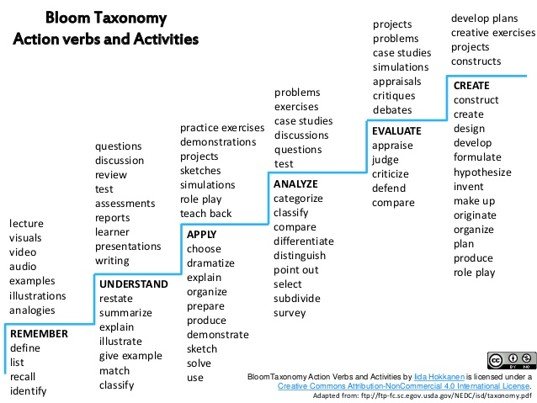
Tools: The SMART Model
You also want to make sure your learning objectives are SMART. The SMART model highlights five criteria to make sure you write well-formulated learning objectives, complementary to the use of the action verbs from the revised Bloom’s taxonomy.
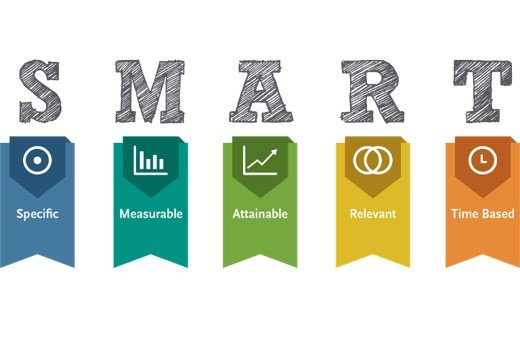
Specific
Use clear, direct language to state exactly what the trainees will learn and what competencies they will acquire. Focus on the learners’ progress and not on what they will be doing in the activity.
Measurable
You need to be able to assess if the learners meet the learning objective. To do so make sure to formulate the objective to have a result, an action that can be observed and measured. Words like “know” or “understand” are vague and may not allow you to objectively determine if the outcome was achieved.
Achievable
Your learning objective must be based on the learners’ prior knowledge and tailored to their level of competence, as well as their learning needs. The objective set must be challenging (if too easy, learners will not be engaged) though achievable for your specific target group.
Furthermore, a learning activity is defined by the resources available such as time, space and materials. Ensure your learning objective is within the reach of the target group considering the resources they can count on.
Relevant
Your learning objective should be in line with the learning needs identified in the analysis and with the overall learning goal. It is extremely important for adult learners to perceive the learning outcome as relevant and performance oriented.
Timely and time-bound
State clearly when the learners should achieve the learning objective. For example, you can start an objective by writing, “By the end of this session/training…” If your learning objective includes time-constraints on the learner’s performance, make sure to state it clearly (i.e. to write a report in one hour). Furthermore, take into account that repetition is key for retaining newly acquired knowledge and competencies: ensure the learners will have the chance to apply their learning in the future.
Timely and time-bound
State clearly when the learners should achieve the learning objective. For example, you can start an objective by writing, “By the end of this session/training…” If your learning objective includes time-constraints on the learner’s performance, make sure to state it clearly (i.e. to write a report in one hour). Furthermore, take into account that repetition is key for retaining newly acquired knowledge and competencies: ensure the learners will have the chance to apply their learning in the future.
Once you formulate your learning objectives, you can use the SMART Checklist below to revise them and ensure they meet all five criteria.
Here are some examples of learning objectives written both before and after applying the SMART criteria.
